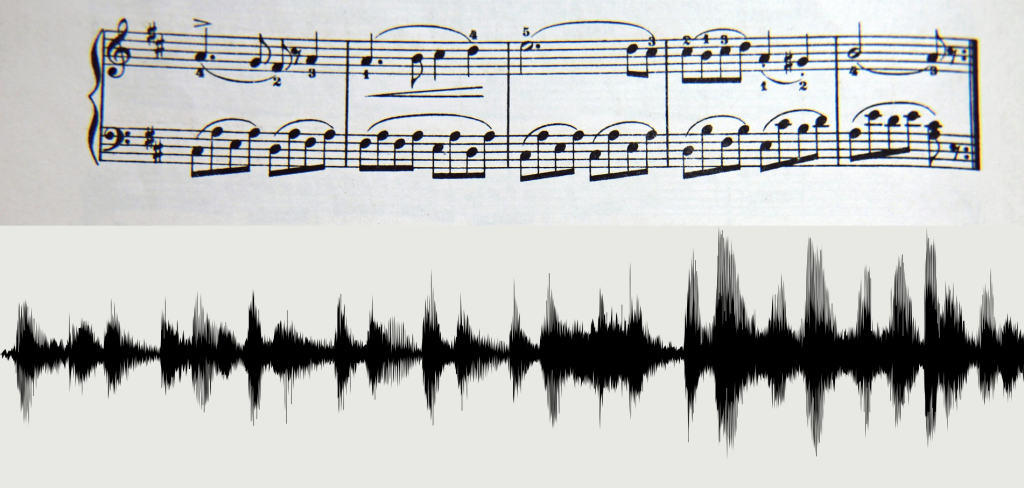What it does: You choose a genre, get some music.
Is it good? No.
When will it get good? Probably never.
I got the $35 annual subscription, so I will review it later this year, but my expectations are low.
What went wrong: Boomy works the way humans do. It puts notes on a timeline, and then uses synths or samples (short recordings) of instruments to make a mix out of them that resembles music. In a way, it builds something like sheet music, and then uses that to generate music.
Most image generating AIs work with pixels as their building blocks. The sound-equivalent of this is the sample. It is a number that tells you where on a graph you are, and are usually read at 48,000 samples every second.
In terms of data, a 100×100 pixel image is roughly equivalent to 1 second of audio.
To push the analogy too far, Boomy works by cutting and pasting lots of little pictures together. The catalog of pictures is fixed, and it isn’t that big.
Boomy is clipping from a low quality picture book. That can be updated.
But. The music has very little in the sense of melodic understanding. That can be taught.
But. It also doesn’t display a grasp on overall form of the piece. That can be taught.
But. It just seems to layer the instruments on top of each other, just not caring about interactions between the bass and drums and melodies. That’s gonna require a whole new approach, it is possible.
There’s a giant list of problems that I could describe, and maybe they can fix a few issues, but this approach will never be as versatile, creative, flowing, or beautiful as an AI that uses a sample-based approach.
Killer Application: I don’t see any practical use for this service. I’ll say they have a killer domain name.
Price: Free – $120/year
Quality: No
This review was not sponsored. Obviously.
